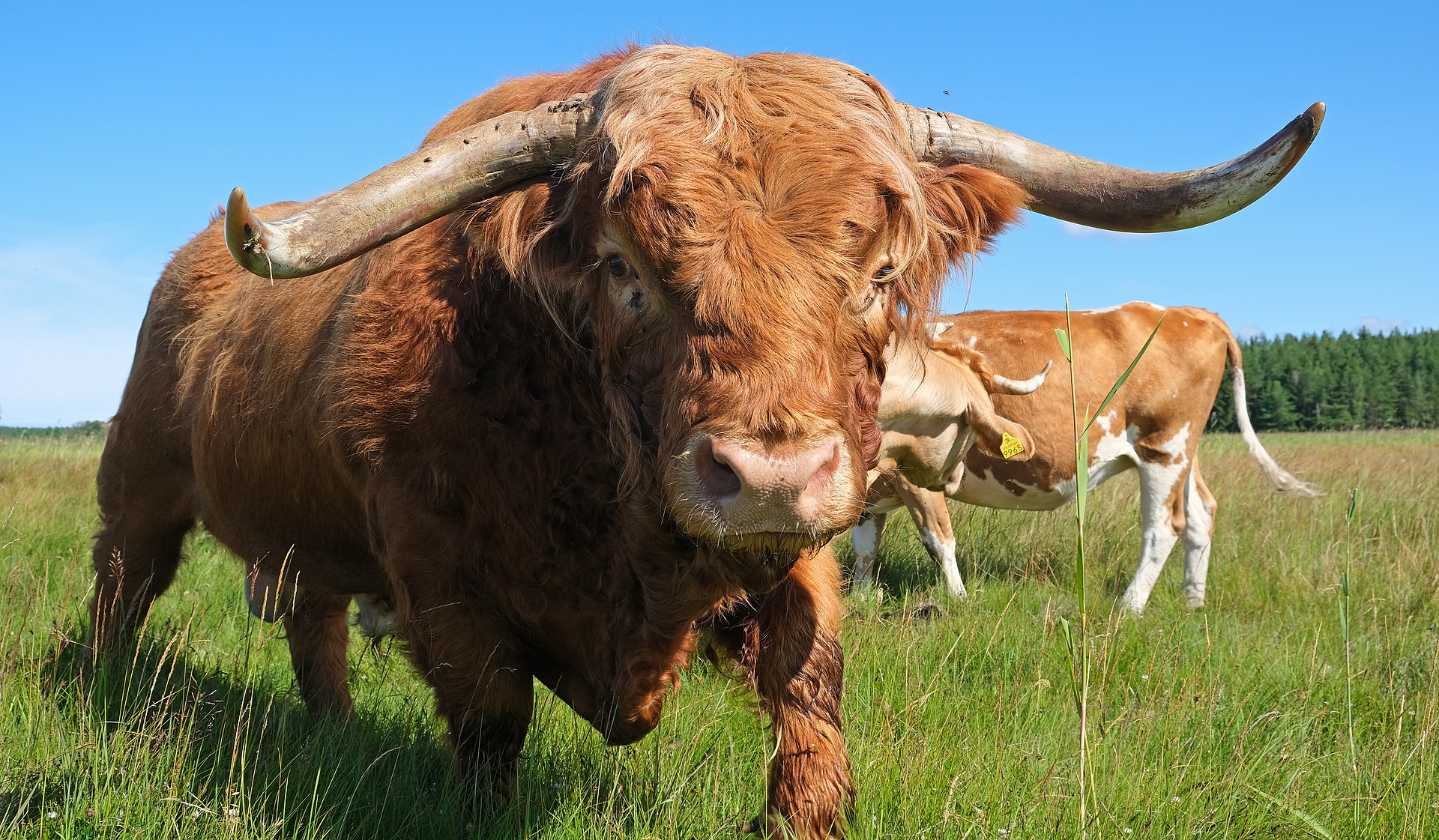pwhole
Well-known member
Well it certainly helps with very bright highlights and dark shadows, of which there are many in cave photography! There's often so much more hidden in there, and it can usually be brought out to quite surprising levels, with little noise and usually with no detriment to the image. My dream is that HDR becomes the common format, albeit with capable monitors, which don't yet fully exist. My latest monitor does have a 'HDR' setting, but it only really works on images specifcally made in that way, which is probably only a 20% 'improvement' and consumes a lot more power whilst it's doing it, so arguably there is a limit to its usefulness, merely as a user. Although a public display-use of HDR images/video would certainly be useful, as much more information could be displayed to the viewer - think cave-painting presentations or similar, where access is not allowed.
My old APS-C DSLR from 2008, which I will still use underground, uses a 10-bit RAW format. The new one I just bought, which is full-frame and will definitely not go underground, now supports a 14-bit RAW format, which is an astonishing increase in fidelity really. That's like two or three extra exposure stops at each end of the scale.
Of course, the limitation of print is even worse, as 'LDR' is the only method available. But I still think starting with the best possible source material will still produce a high-quality output, within the limitations of the medium - as in, a glossy expensive large-format book or magazine as opposed to a laser-printed newsletter.
My old APS-C DSLR from 2008, which I will still use underground, uses a 10-bit RAW format. The new one I just bought, which is full-frame and will definitely not go underground, now supports a 14-bit RAW format, which is an astonishing increase in fidelity really. That's like two or three extra exposure stops at each end of the scale.
Of course, the limitation of print is even worse, as 'LDR' is the only method available. But I still think starting with the best possible source material will still produce a high-quality output, within the limitations of the medium - as in, a glossy expensive large-format book or magazine as opposed to a laser-printed newsletter.





